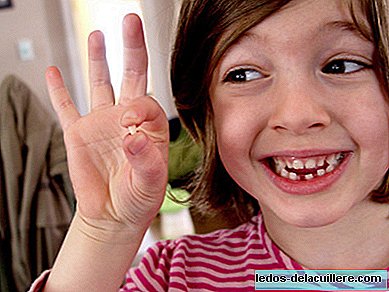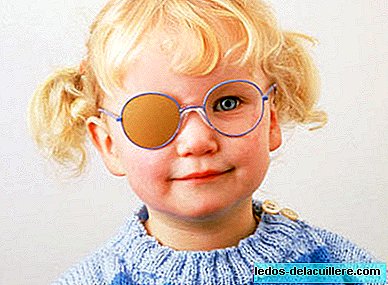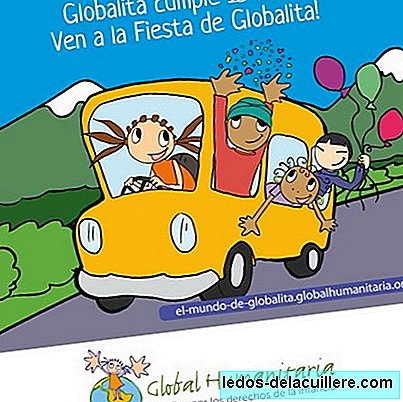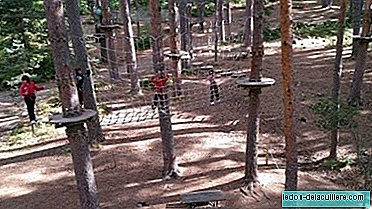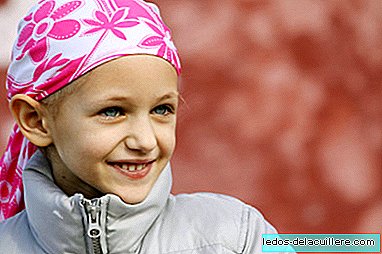
I want to share with you this story of the section 'The stories of the grandmother' that the FAROS Childhood and Adolescence Observatory puts at our disposal, to encourage reading and disseminate healthy values and habits among the underage population.
'Facebook does not know how to hug' is the story of a 13-year-old teenager who immerses himself in the social networks of the Internet, and does so in such a way that he forgets one of his real friends, at a time when he needs it. Surely you all know someone who due to an exaggerated use of Social Networks on the Internet, partially disconnected from real life, which is what sustains us in many ways. This fact is also observed in young people, giving themselves curious situations as colleagues in the Institute who live nearby but instead of meeting to share their experiences, they communicate exclusively through the network.
I know that the cases are isolated, and that it is normal to observe girls and boys who, after spending an afternoon together, prolong the conversations when they get home through chat or messages on the wall. But already at the beginning of 2011, a study alerted us that the use of social networks can collide with, or even replace, traditional leisure forms.
Young people like these forms of communication because they acquire prominence, allow them to be uninhibited and are a great means of socialization. Although we must be careful with one of the representations of the ego: it is called vanity and can confuse children who aspire to have more than 100 friends in Tuenti, to see a few 'likes' after uploading their photo, or forging an idea of themselves that may be distorted.
I leave you already with Braulio, and with his claim to have an adventure with Marta, although he finally agrees to visit Pablo who is hospitalized. 'Facebook doesn't know how to hug', and Braulio discovers it when an unexpected event helps him 'set foot in reality.
I think we can use it as educational tool with preteen children. In any case it is very necessary to reflect on the importance of people who intersect in our lives, because as part of an individualistic social trend sometimes we forget very easily of others (with or without social networks). It has been my son who has helped me in this thought, when he tells me that he is sad when no one in his class asks him about his best friend (and classmate of all) who in June had to return to Romania to live.
The story that I have presented to you has been written by Sandra Gómez Rey, and the illustrations are by Eva Santana.



